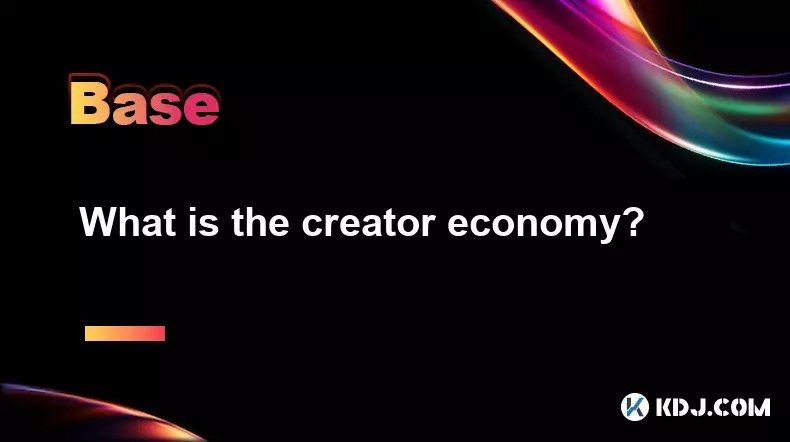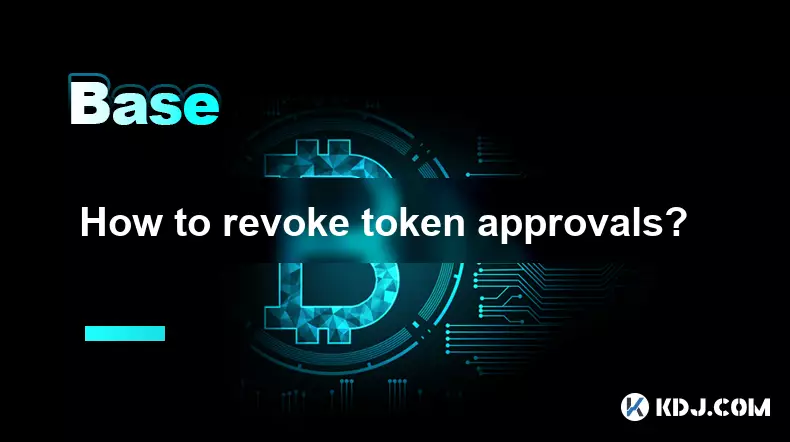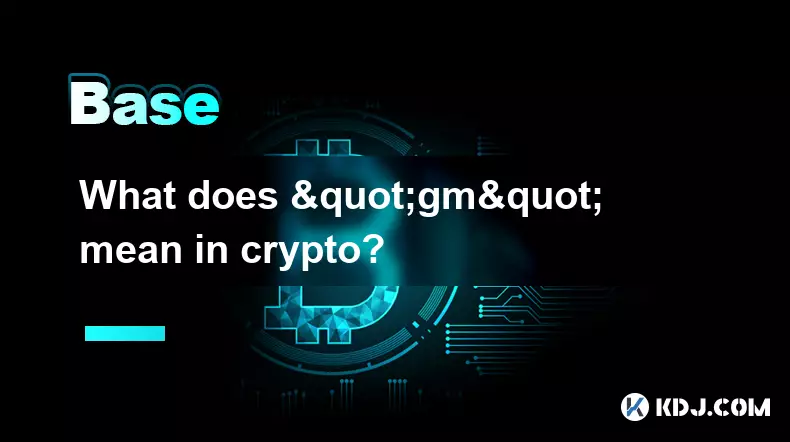-
 Bitcoin
Bitcoin $111300
-0.83% -
 Ethereum
Ethereum $4296
-0.28% -
 XRP
XRP $2.970
-0.28% -
 Tether USDt
Tether USDt $0.0000
0.01% -
 BNB
BNB $876.7
-0.13% -
 Solana
Solana $216.7
0.50% -
 USDC
USDC $0.9998
0.01% -
 Dogecoin
Dogecoin $0.2424
1.50% -
 TRON
TRON $0.3345
0.88% -
 Cardano
Cardano $0.8635
0.03% -
 Hyperliquid
Hyperliquid $53.38
5.54% -
 Chainlink
Chainlink $23.07
0.27% -
 Ethena USDe
Ethena USDe $1.001
0.02% -
 Sui
Sui $3.463
-0.21% -
 Stellar
Stellar $0.3738
-0.33% -
 Bitcoin Cash
Bitcoin Cash $578.5
-1.51% -
 Avalanche
Avalanche $26.00
2.07% -
 Hedera
Hedera $0.2276
0.77% -
 UNUS SED LEO
UNUS SED LEO $9.548
0.02% -
 Cronos
Cronos $0.2597
2.73% -
 Litecoin
Litecoin $112.0
-0.64% -
 Toncoin
Toncoin $3.089
-0.29% -
 Shiba Inu
Shiba Inu $0.00001285
-0.10% -
 Polkadot
Polkadot $4.098
1.54% -
 Uniswap
Uniswap $9.484
-0.88% -
 Ethena
Ethena $0.8361
8.06% -
 Dai
Dai $0.9998
0.01% -
 Monero
Monero $269.5
-0.68% -
 World Liberty Financial
World Liberty Financial $0.1994
-4.02% -
 Aave
Aave $299.1
-1.29%
What are Real World Assets (RWA)?
Real World Assets (RWAs) bridge traditional finance and crypto by tokenizing physical assets like real estate and bonds, enabling fractional ownership, 24/7 trading, and DeFi integration while facing regulatory, custody, and interoperability challenges.
Sep 09, 2025 at 06:37 am

Understanding Real World Assets in the Cryptocurrency Ecosystem
1. Real World Assets, commonly referred to as RWA, represent physical or traditional financial assets that are tokenized on a blockchain. These can include real estate, precious metals, stocks, bonds, commodities, and even intellectual property. By converting ownership rights into digital tokens, RWAs bridge conventional finance with decentralized systems.
2. The process of tokenization allows fractional ownership, meaning investors can purchase small portions of high-value assets. This opens access to markets previously limited by high entry costs. For example, instead of buying an entire building, someone can own a fraction of it through a token representing equity.
3. Blockchain technology ensures transparency and immutability for transactions involving RWAs. Every transfer, sale, or change in ownership is recorded on a distributed ledger, reducing fraud risks and increasing trust among participants. Smart contracts automate processes like dividend distribution or rent collection, minimizing intermediaries.
4. Regulatory compliance plays a crucial role in RWA integration. Since these assets originate from regulated environments, their digital counterparts must adhere to jurisdictional laws. Identity verification, anti-money laundering protocols, and licensing requirements are often embedded into the platforms managing such tokens.
5. Institutions and decentralized finance (DeFi) protocols increasingly adopt RWAs to diversify portfolios and enhance liquidity. Stablecoins backed by real estate or government bonds fall under this category, offering more stability than volatile crypto-native assets.
Benefits Driving RWA Adoption in Crypto Markets
1. Tokenized RWAs improve market efficiency by enabling 24/7 trading across global borders without relying on centralized exchanges or clearinghouses. Settlement times shrink from days to minutes, reducing counterparty risk.
2. Liquidity enhancement is one of the most significant advantages. Illiquid assets like art or private equity become tradable in secondary markets once tokenized. Investors gain flexibility to exit positions faster compared to traditional frameworks.
3. Diversification opportunities expand for DeFi users who typically hold crypto-only portfolios. Exposure to income-generating RWAs such as rental properties or corporate debt provides yield streams uncorrelated with Bitcoin or Ethereum price movements.
4. Lower operational costs result from automated compliance and reduced reliance on custodians, brokers, and notaries. Execution, clearing, and settlement occur seamlessly via smart contracts, cutting overhead expenses for issuers and investors alike.
5. Financial inclusion increases as individuals from underserved regions participate in asset classes once reserved for wealthy institutions. Internet access and a digital wallet suffice to engage with globally diversified RWA-backed products.
Risks and Challenges Facing RWA Implementation
1. Legal ambiguity persists in many jurisdictions regarding the status of tokenized assets. Courts may not recognize digital tokens as valid proof of ownership, creating enforcement difficulties in disputes or bankruptcies.
2. Custody solutions for underlying physical assets remain a concern. If a token represents gold stored in a vault, assurance mechanisms must verify reserves regularly. Third-party audits and insurance coverage become essential components of trust.
3. Price volatility of the blockchain network itself can impact RWA valuations. While the asset may be stable, fluctuations in gas fees or network congestion affect transaction feasibility and user experience.
4. Interoperability between different blockchains limits scalability. An RWA issued on one chain might not function seamlessly on another, fragmenting liquidity and complicating cross-platform trading.
5. Cybersecurity threats target both the digital tokens and the systems managing off-chain assets. Hacks, phishing attacks, or oracle manipulation could compromise the integrity of the entire tokenization framework.
Common Questions About Real World Assets in Crypto
What types of assets are commonly tokenized as RWAs?Real estate, government and corporate bonds, precious metals like gold and silver, fine art, agricultural land, and revenue-generating infrastructure projects are frequently tokenized. Each offers unique yield potential and risk profiles suitable for various investor strategies.
How do investors verify the authenticity of a tokenized RWA?Verification involves checking audit reports from independent firms, reviewing legal documentation linking the token to the physical asset, and confirming custody arrangements. Reputable platforms publish regular attestations and use transparent oracles to relay real-world data to the blockchain.
Can RWA tokens be used as collateral in DeFi lending platforms?Yes, several DeFi protocols accept verified RWA tokens as collateral for loans. Because they often exhibit lower volatility than pure cryptocurrencies, they provide more predictable loan-to-value ratios, attracting conservative lenders and borrowers seeking stable financing options.
Who regulates the issuance of tokenized real world assets?Regulation depends on the asset type and jurisdiction. Securities regulators like the U.S. SEC may classify certain RWA tokens as investment contracts, requiring compliance with securities laws. Financial authorities in Europe, Asia, and the Middle East also impose licensing and reporting obligations on issuers and trading platforms.
Disclaimer:info@kdj.com
The information provided is not trading advice. kdj.com does not assume any responsibility for any investments made based on the information provided in this article. Cryptocurrencies are highly volatile and it is highly recommended that you invest with caution after thorough research!
If you believe that the content used on this website infringes your copyright, please contact us immediately (info@kdj.com) and we will delete it promptly.
- Cardano, Ethereum, and Hoskinson: Navigating the Crypto Landscape
- 2025-09-10 02:25:14
- Bitcoin Price Stays Steady as Whales Eye Rollblock's Accumulation Growth
- 2025-09-10 02:25:14
- Bitcoin, Solana, Ethereum: Navigating the Crypto Landscape in 2025
- 2025-09-10 02:30:12
- VivoPower, Tembo, and RLUSD: Driving Innovation in Electric Vehicles with Blockchain Finance
- 2025-09-10 02:45:12
- Render Price Chart Analysis: Is a Double-Digit Comeback on the Horizon?
- 2025-09-10 02:45:12
- Dogecoin ETF Buzz Fuels Price Surge: To the Moon?
- 2025-09-10 02:30:12
Related knowledge

What is the creator economy?
Sep 10,2025 at 02:54am
Understanding the Creator Economy in the Digital Age1. The creator economy refers to a digital ecosystem where individuals produce content, build audi...

What is social recovery for wallets?
Sep 09,2025 at 09:54am
Understanding Social Recovery in Cryptocurrency Wallets1. Social recovery is a security mechanism designed to help users regain access to their crypto...

How to revoke token approvals?
Sep 09,2025 at 12:18am
Understanding Token Approvals in the Crypto Ecosystem1. Token approvals are a foundational component of blockchain interactions, especially within dec...

What is a crypto sandbox?
Sep 09,2025 at 07:01pm
Understanding the Concept of a Crypto Sandbox1. A crypto sandbox is a controlled environment where blockchain and cryptocurrency projects can operate ...

What is a validator node?
Sep 09,2025 at 11:55pm
Understanding Validator Nodes in Blockchain Networks1. A validator node is a crucial component in many blockchain networks, particularly those that op...

What does "gm" mean in crypto?
Sep 09,2025 at 09:00pm
Understanding 'GM' in the Crypto Community1. The term 'gm' stands for 'good morning' and has become a widely used greeting within the cryptocurrency s...

What is the creator economy?
Sep 10,2025 at 02:54am
Understanding the Creator Economy in the Digital Age1. The creator economy refers to a digital ecosystem where individuals produce content, build audi...

What is social recovery for wallets?
Sep 09,2025 at 09:54am
Understanding Social Recovery in Cryptocurrency Wallets1. Social recovery is a security mechanism designed to help users regain access to their crypto...

How to revoke token approvals?
Sep 09,2025 at 12:18am
Understanding Token Approvals in the Crypto Ecosystem1. Token approvals are a foundational component of blockchain interactions, especially within dec...

What is a crypto sandbox?
Sep 09,2025 at 07:01pm
Understanding the Concept of a Crypto Sandbox1. A crypto sandbox is a controlled environment where blockchain and cryptocurrency projects can operate ...

What is a validator node?
Sep 09,2025 at 11:55pm
Understanding Validator Nodes in Blockchain Networks1. A validator node is a crucial component in many blockchain networks, particularly those that op...

What does "gm" mean in crypto?
Sep 09,2025 at 09:00pm
Understanding 'GM' in the Crypto Community1. The term 'gm' stands for 'good morning' and has become a widely used greeting within the cryptocurrency s...
See all articles
























































































